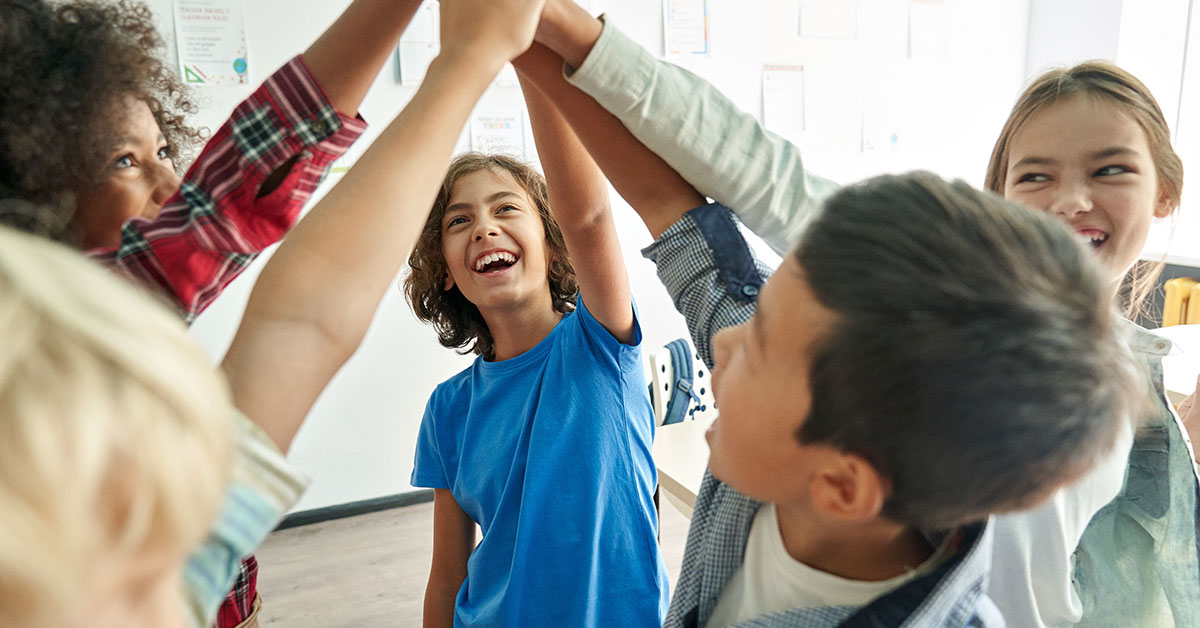Recently, there’s been a lot of discussion about the role of teachers in the classroom. There’s this strange idea that teachers are supposed to function like lifeless automatons. Their job is to dispense information and ensure that their pupils retain it – nothing more. Personally, I can’t imagine any world where this approach to education is successful. Learning is a complex experience, and we undercut its meaning when we take away the social and emotional elements.
Every educator knows that students are unique. They have their own interests, strengths, and limitations. As such, students will need an educator who can connect with them and support them as individuals. That’s something an automaton could never do. In order for students to succeed, healthy relationships need to be a part of the curriculum.
Here are just a few examples of how teachers can help foster student growth by building meaningful relationships:
Accelerate and Brake: Sometimes students just need a little encouragement to get over a hurdle. A few supportive words like, “Think about how good you will feel when you finish those last two problems,” is sometimes the push they need. Also knowing when it might be time to take a little break before engaging again is important. Suggest, “Let’s let this problem sit for the day and come back to it tomorrow,” can relieve stress and promote new ideas. Braking is a helpful strategy, but make sure the learner really does come back and re-engage.
Open Their Gifts: Honor individual gifts and draw students into the classroom community by identifying areas of strength and giving students unique roles to play to help the class. Use the Gifts Organizer to help you get some ideas!
Positive Post-Its: Validating the work students are doing is essential to building connections and rapport. Write a simple message of praise on a post-it note and place it inside a student’s desk or locker. Make it thoughtful and specific like, “I notice how much you have improved in memorizing your multiplication facts.” or, “I appreciate the way you handled yourself when (friend) made you upset.”
The Cheerful Baboon: Every time you say the word “baboon,” you can’t help but smile. So, bring some extra smiles to the classroom by incorporating a little baboonery! Instead of saying, “Good morning,” say “Merry baboon to you, my friend.” Find other ways to create routines that use the word baboon — you’ll be amazed at the results!
If you found these ideas helpful, be sure to check out the full list of Strategy Explorations from Blue Apple. These resources are free to download and cover everything from classroom management to inquiry-based science. With these strategies, teachers can help students reach their full potential while taking to heart that they matter as individuals. The truth is that every student can be a powerful force for positive change. Whether it’s through a simple kind word, or discovering the next scientific breakthrough, these students will build our future. Let’s make sure it’s a good one.

